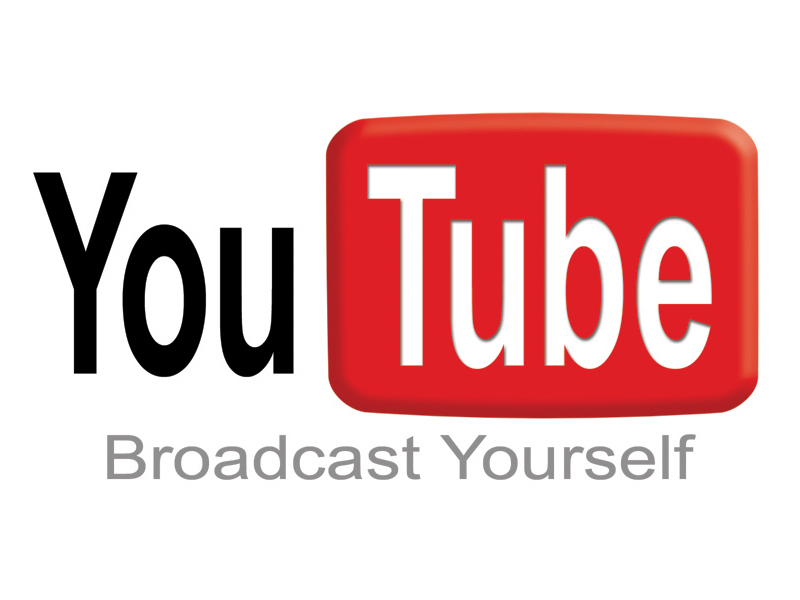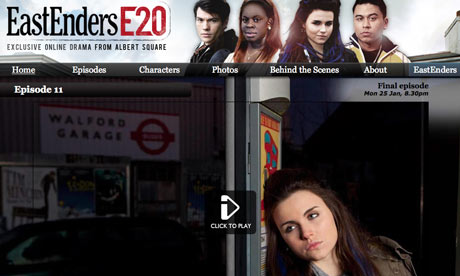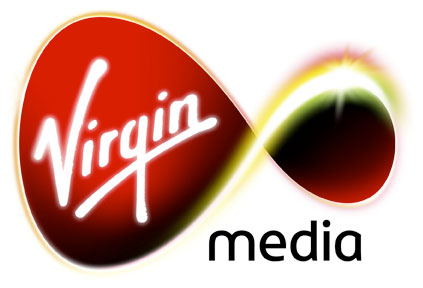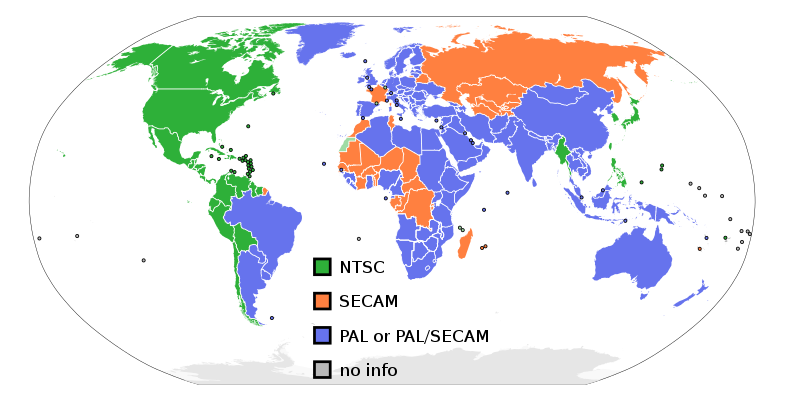Digital TV!
 The disadvantage of this was that the 5 main analogue channels now had a decrease in viewings due to more pacific programmes to cater for everyone's needs. After The release of Sky and Virgin Media, originally NTL, the next release was Sky+ and V+, in which the channels aloud the customer to control the programmes they were watching just like a DVD. They were able to pause, rewind, fast forward and record any programme.
The disadvantage of this was that the 5 main analogue channels now had a decrease in viewings due to more pacific programmes to cater for everyone's needs. After The release of Sky and Virgin Media, originally NTL, the next release was Sky+ and V+, in which the channels aloud the customer to control the programmes they were watching just like a DVD. They were able to pause, rewind, fast forward and record any programme.Sky then went on to produce Sky+ HD in which High definition Television was then installed onto the latest sky+ box and then the latest stop for Sky is Sky 3D, which then the customers can watch channels in 3D in the comfort of their home and also Movies. Virgin Media did the similar routine of upgrading to Virgin+ HD.
 Now we, the pupil, can consume TV in many ways including the recent, 'On Demand' creations. All five original analogue channels have an 'On demand' such as 'IPlayer' for BBC, 'ITV Player' for ITV, 4oD for channel 4 and 'Five on demand' for channel 5. These are websites online allowing the pupil to view programmes that have been on the Television that the viewer may have missed for example. An advantage Virgin Media has is that the customers received 'VoD', 'Virgin on Demand', in which the viewers can go on, via the box and watch programmes from a wide range of channels and genres.
Now we, the pupil, can consume TV in many ways including the recent, 'On Demand' creations. All five original analogue channels have an 'On demand' such as 'IPlayer' for BBC, 'ITV Player' for ITV, 4oD for channel 4 and 'Five on demand' for channel 5. These are websites online allowing the pupil to view programmes that have been on the Television that the viewer may have missed for example. An advantage Virgin Media has is that the customers received 'VoD', 'Virgin on Demand', in which the viewers can go on, via the box and watch programmes from a wide range of channels and genres. Cameras!
 The advantage of digital cameras over video/film cameras is that although the digital camera is designed to produce photo images, you can also record videos through them. However, more recently, video cameras can produce freeze frames, although they often are not at a great quality. Also the digital camera can be a very small piece of equipment, so is very much a portable product.
The advantage of digital cameras over video/film cameras is that although the digital camera is designed to produce photo images, you can also record videos through them. However, more recently, video cameras can produce freeze frames, although they often are not at a great quality. Also the digital camera can be a very small piece of equipment, so is very much a portable product. Digital cameras are also designed to produce files suitable to transfer onto the computer and upload onto the web, without taking up much storage space. The camera would also normally come with a disc in which you can control the images on your PC and even edit them. Then you can produce copies yourself on the PC and even print from home with Photo Paper, that sometimes comes with the camera itself.
Digital cameras are also designed to produce files suitable to transfer onto the computer and upload onto the web, without taking up much storage space. The camera would also normally come with a disc in which you can control the images on your PC and even edit them. Then you can produce copies yourself on the PC and even print from home with Photo Paper, that sometimes comes with the camera itself. I believe one of the main advantages of the digital camera is that they contain a mini screen to show the image you are producing and can show playback of the images and videos. from this the camera holder can choose the photos they do not want on the camera and delete them there and then, to create more space. On more recent digital cameras, you are able to set an effect before producing the image, such as making the colour black and white.
Editing has improved hugely in the digital world by being able to take on the footage been shot by the production team and add effects to them. For example, if producing a big film, in post-production, the film can be brought more to life, making it looking more realistic by adding in a large amount of CGI. Some films are even purely made up through CGI, such as 'Shrek'.
 Also effects such as airbrushing is a very popular post-production effect when it comes to photographs and videos, to make the talent look immaculate. Another big improvement is that there are big post-production houses that just deal with the editing and can take on what the production team have captured and put all the different range of shots together to produce a wide shot variety of a show to make it more interesting. Post-production can also deal with mistakes in the production such as if they lighting is too bright in part of the film, then they can decrease the lighting. Green Screen would be another big improvement to editing as films and TV programmes can produce many scenes cheap by doing this and then adding in the background later.
Also effects such as airbrushing is a very popular post-production effect when it comes to photographs and videos, to make the talent look immaculate. Another big improvement is that there are big post-production houses that just deal with the editing and can take on what the production team have captured and put all the different range of shots together to produce a wide shot variety of a show to make it more interesting. Post-production can also deal with mistakes in the production such as if they lighting is too bright in part of the film, then they can decrease the lighting. Green Screen would be another big improvement to editing as films and TV programmes can produce many scenes cheap by doing this and then adding in the background later. 
















